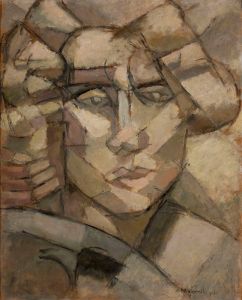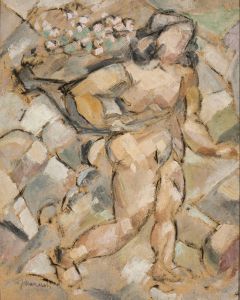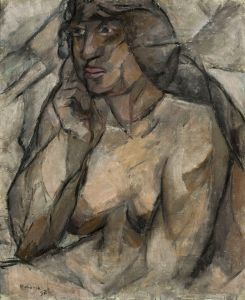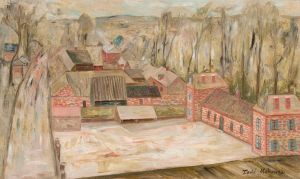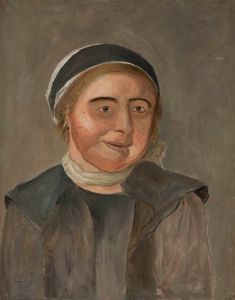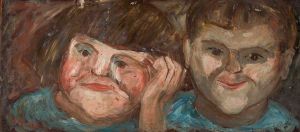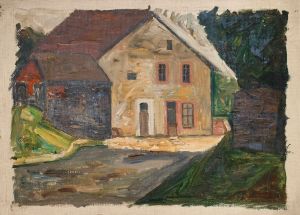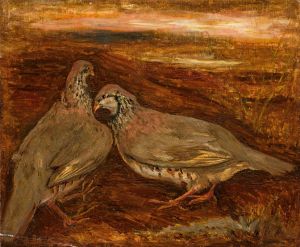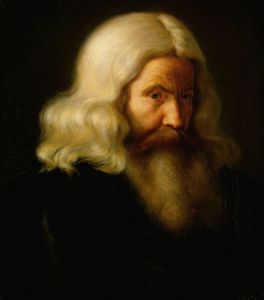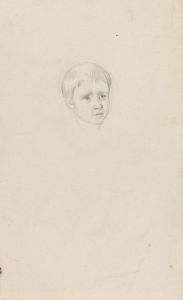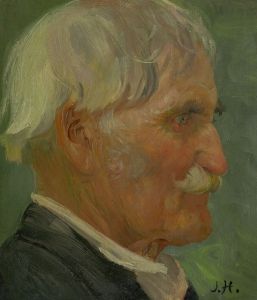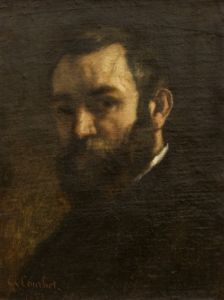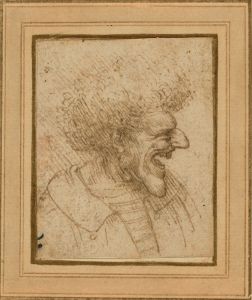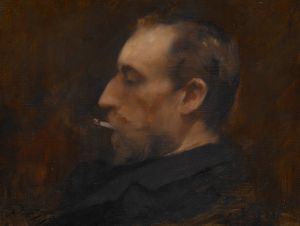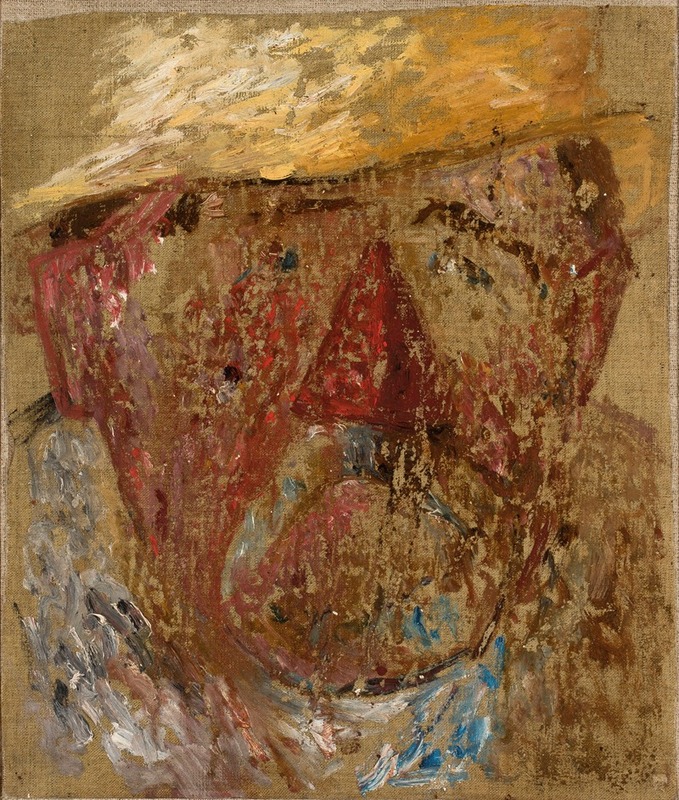
Głowa mężczyzny w słomkowym kapeluszu
A hand-painted replica of Tadeusz Makowski’s masterpiece Głowa mężczyzny w słomkowym kapeluszu, meticulously crafted by professional artists to capture the true essence of the original. Each piece is created with museum-quality canvas and rare mineral pigments, carefully painted by experienced artists with delicate brushstrokes and rich, layered colors to perfectly recreate the texture of the original artwork. Unlike machine-printed reproductions, this hand-painted version brings the painting to life, infused with the artist’s emotions and skill in every stroke. Whether for personal collection or home decoration, it instantly elevates the artistic atmosphere of any space.
Tadeusz Makowski was a Polish painter known for his unique style that combined elements of folk art, symbolism, and modernism. Born on January 29, 1882, in Oświęcim, Poland, Makowski initially studied classical philology at the Jagiellonian University in Kraków before pursuing his passion for art at the Academy of Fine Arts in Kraków. Under the tutelage of prominent artists like Józef Mehoffer and Jan Stanisławski, Makowski honed his skills and developed a distinctive artistic voice.
Makowski moved to Paris in 1908, where he became part of the vibrant artistic community that included figures like Pablo Picasso and Georges Braque. Influenced by the avant-garde movements of the time, particularly Cubism, Makowski began to experiment with form and composition. However, he retained a strong connection to his Polish roots, often drawing inspiration from Polish folklore and rural life.
One of Makowski's notable works is "Głowa mężczyzny w słomkowym kapeluszu" (Head of a Man in a Straw Hat). This painting exemplifies Makowski's ability to blend traditional and modern elements. The subject of the painting is a man wearing a straw hat, a common accessory in rural settings, which suggests a connection to the countryside and possibly to the artist's own background.
The painting is characterized by its use of bold colors and simplified forms, reflecting Makowski's interest in folk art and his exposure to Cubism. The man's face is rendered with geometric shapes, a technique that Makowski often employed to convey a sense of timelessness and universality. The straw hat, with its textured surface, adds a layer of realism to the otherwise abstracted figure.
Makowski's work often features a sense of whimsy and innocence, qualities that are evident in "Głowa mężczyzny w słomkowym kapeluszu." The painting captures a moment of quiet contemplation, inviting viewers to ponder the thoughts and experiences of the man depicted. This focus on the inner life of his subjects is a hallmark of Makowski's art, reflecting his belief in the power of art to convey deep emotional truths.
Throughout his career, Makowski remained committed to exploring the human condition through his art. His works are celebrated for their emotional depth and technical innovation, and they continue to be studied and admired by art enthusiasts and scholars alike. Makowski passed away on November 1, 1932, in Paris, but his legacy lives on through his paintings, which offer a unique window into the world of early 20th-century European art.
"Głowa mężczyzny w słomkowym kapeluszu" is a testament to Makowski's skill as a painter and his ability to capture the essence of his subjects with sensitivity and insight. The painting remains an important part of Makowski's oeuvre, showcasing his distinctive style and his contribution to the development of modern art.





